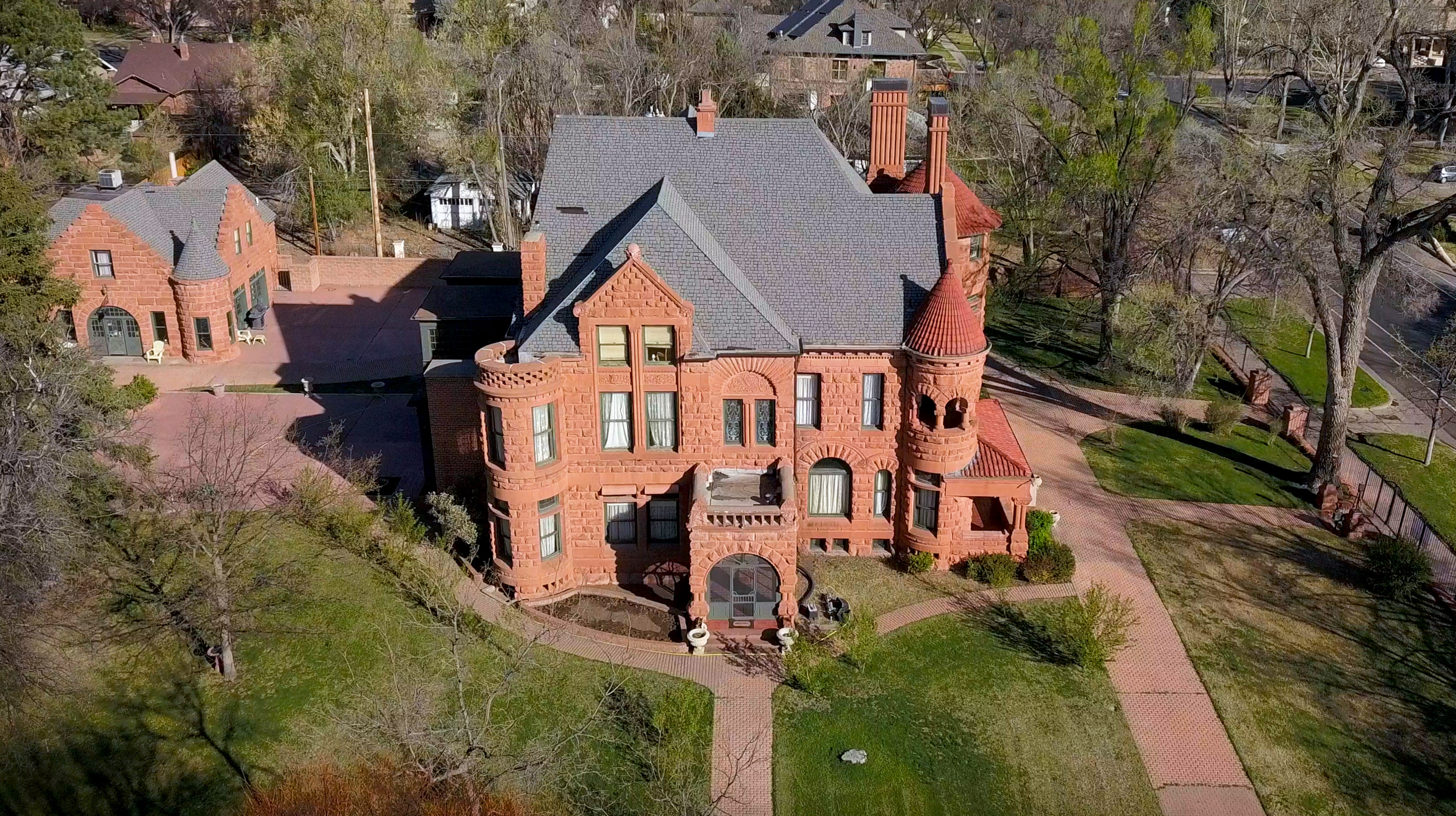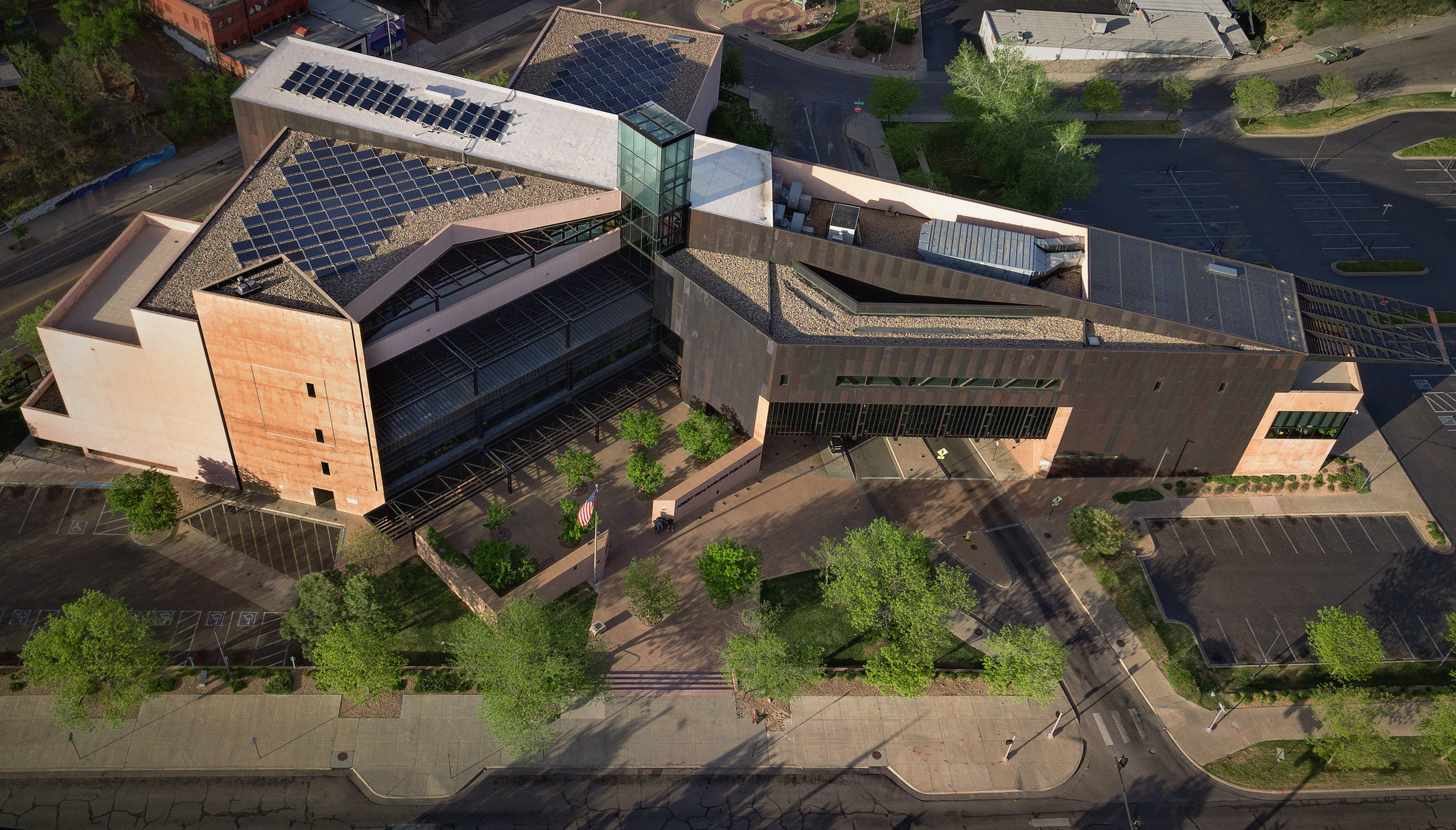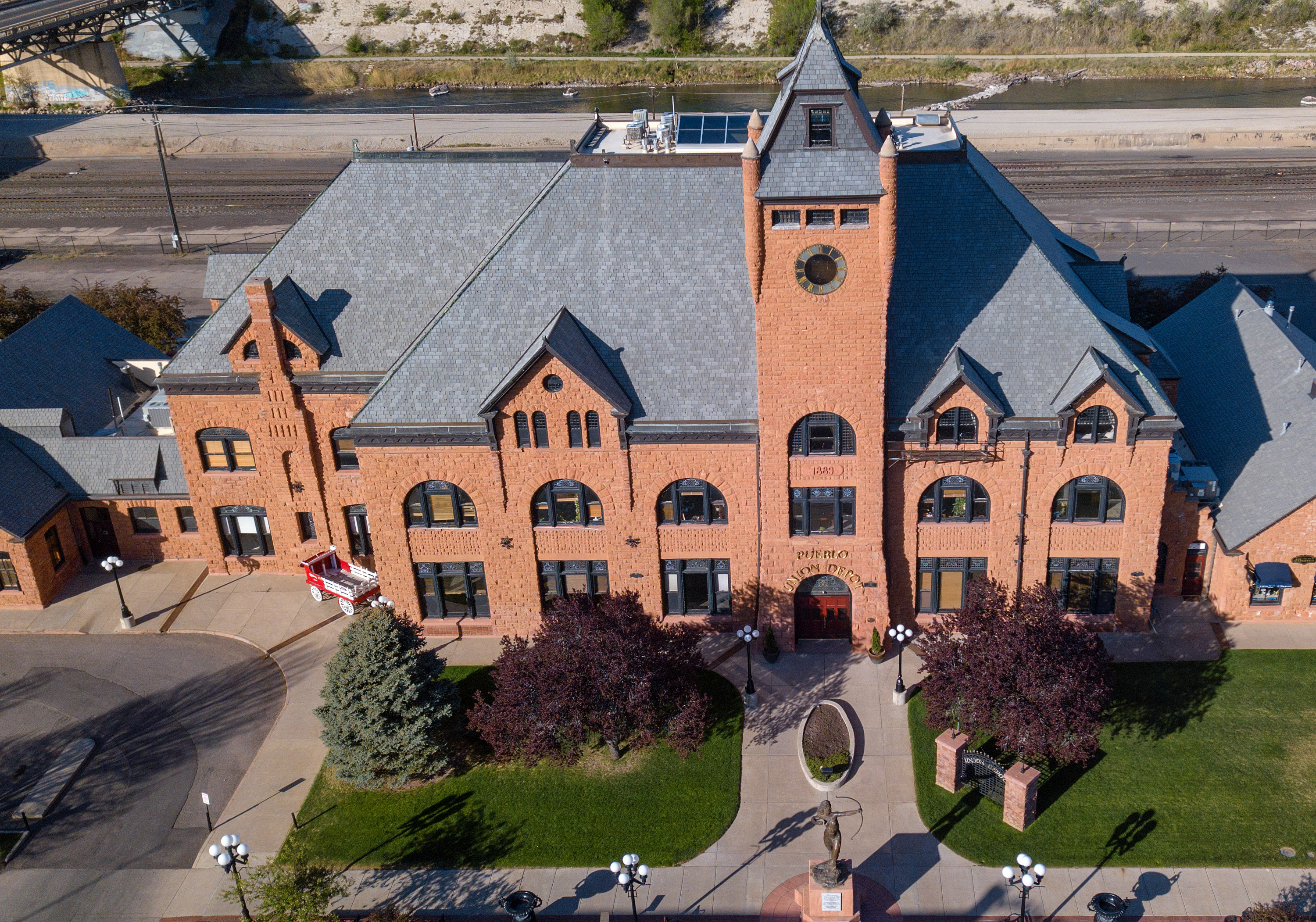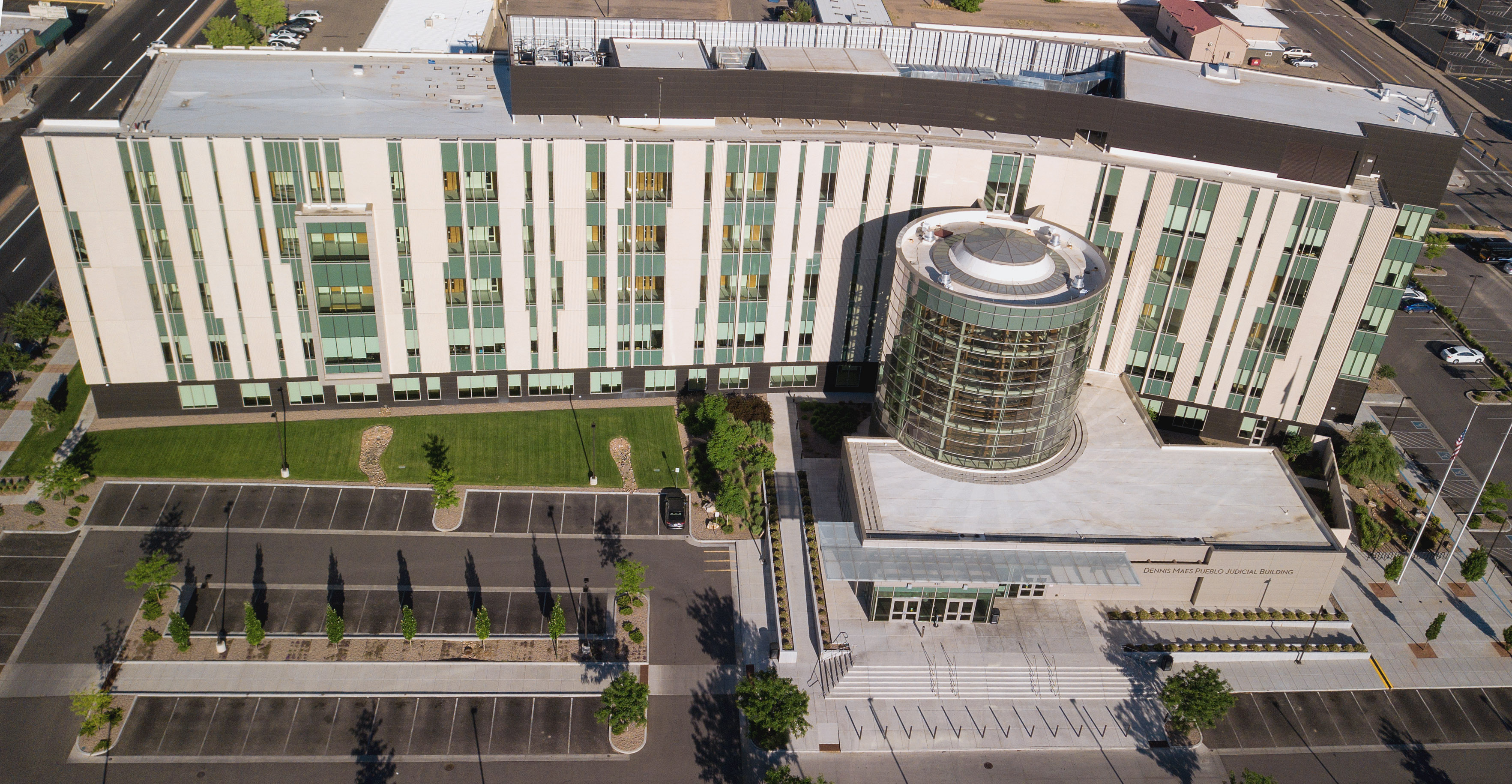
There’s about a 110-year span between the construction of two of Pueblo’s most distinctive landmarks: the Orman Mansion, built in 1890 by James B. Orman, and the Rawlings Public Library, built in 2003 by Antoine Predock. And the contrast between the two could not be more stark, despite the five city blocks that separate the two buildings on the city’s south side.
The mansion is built of sandstone and brick with curves and arches, the library features hard angular facets of bronze. Orman’s mansion features a San Domingo mahogany staircase, while Predock’s library has glass elevators. The mansion, home to two Colorado governors, is surrounded by wrought iron fencing. Anyone can stroll into the library through its ungated courtyard, seven days a week. And the library incorporates solar panels in its infrastructure has its own wifi network. I’m unsure if the Orman Mansion can support wireless devices, to be perfectly honest.

There are a handful of buildings in Pueblo that share the mansion’s aesthetic, monuments to Pueblo’s heyday as cultural force in Colorado over a century ago. A couple of homes along Pitkin Avenue, the Rosemount Museum, and most similarly, the Union Depot, come to mind.

But there’s no other building in Pueblo that looks quite like the Rawlings Library. The Dennis Maes Judicial Building (2014) comes closest, I suppose, with its attempt at modernity, a subtly curved appearance, and its glass-and-wood rotunda. “The building is essentially a linear bar bent slightly in the middle…an inflection which recognizes a diagonal axis which is the remnant of a rail line which at one time ran through the site.” according to its designers. But even that lofty intent can’t rival the library, whose own architects boast it’s “like a propeller with centralized service points at the hub anchoring three reading room blades.”

How can any future builder in the Steel City ever hope to compete with that?